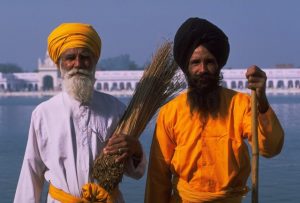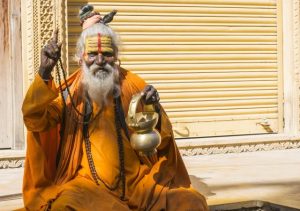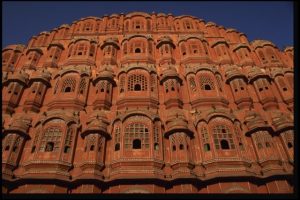Founded in the 15th Century, it is the most Sacred Temple in Sikhism
India is a land of diversity and cultural richness that has a long and complex history. The area of Punjab, located in the northwest part of India, has played a significant role in the country’s history, particularly in the development of the Sikh religion and the construction of the Golden Temple.
The earliest known civilization in the region of Punjab was the Indus Valley Civilization, which flourished between 2600 and 1900 BCE. After the decline of this civilization, Punjab was ruled by various empires, including the Maurya, Gupta, and Mughal Empires. During the Mughal era, Punjab saw the rise of the Sikh religion, which was founded by Guru Nanak in the late 15th century.
Guru Nanak taught that there is only one God and that all human beings are equal regardless of caste, creed, or gender. His teachings were passed down through nine successive Gurus, each of whom made important contributions to the development of Sikhism. The tenth and last Guru, Guru Gobind Singh, established the Khalsa, a community of initiated Sikhs who were bound by a code of conduct and were responsible for defending their faith and the oppressed.
The Golden Temple, also known as Harmandir Sahib, is the most sacred site in the Sikh religion. It was constructed by the fifth Sikh Guru, Guru Arjan Dev, in the late 16th century. The temple was built in the middle of a lake and was intended to be a place of worship for people of all faiths. The temple’s construction was funded by donations from Sikhs and Hindus, as well as Muslim rulers.



The Golden Temple has a rich history and has been the site of many important events in Sikh history. In 1606, Guru Arjan Dev was martyred by the Mughal emperor Jahangir for refusing to convert to Islam. The temple was also the site of the Vaisakhi massacre in 1919, when British troops opened fire on a peaceful gathering of Sikhs who were protesting against colonial rule.
Despite these tragic events, the Golden Temple has remained a symbol of Sikh resilience and perseverance. It has undergone numerous renovations and expansions over the centuries, including the addition of the famous gold-plated dome in the 19th century. Today, the temple attracts millions of visitors every year and is a major pilgrimage site for Sikhs from all over the world.
In conclusion, the history of India, the area of Punjab, the Sikh religion, and the Golden Temple are all closely intertwined. The temple is a testament to the rich cultural heritage of the region and the resilience of its people in the face of adversity. It continues to inspire millions of people with its message of love, equality, and service to humanity.
Since 1989, First Cabin Travel has created luxury-styled itineraries to unique and varied destinations with the mainstay of bookings derived from repeat clientele and their enthusiastic referrals. First Cabin is your passport to excellence.






